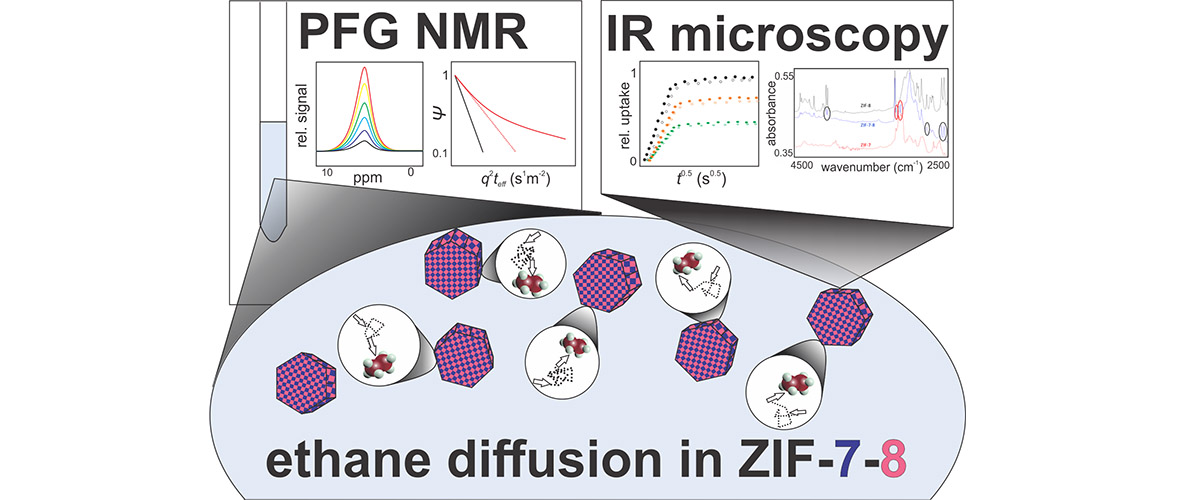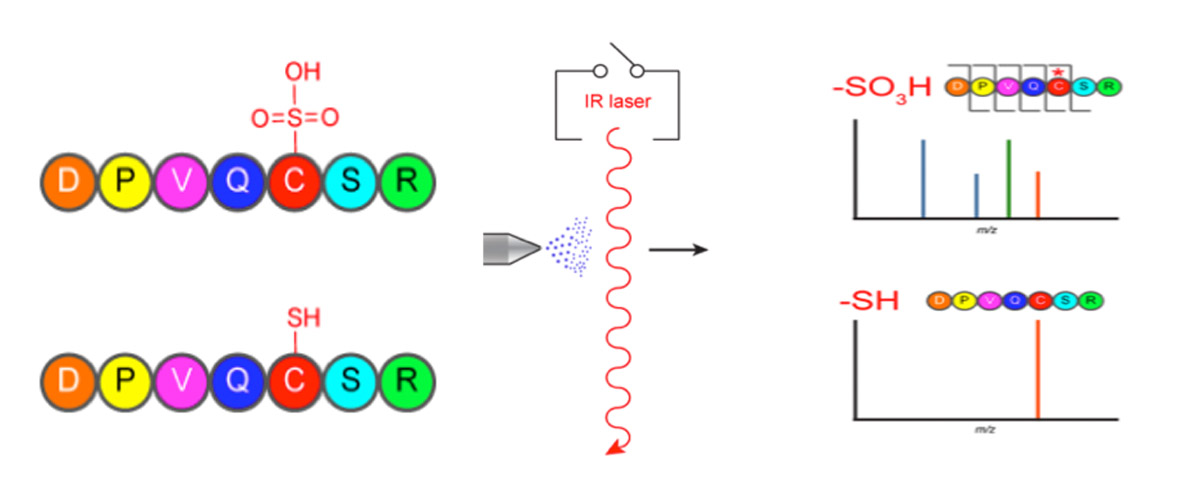What did the scientists discover?
For the first time, scientists showed that high-field nuclear magnetic resonance (NMR) can be combined with single crystal infrared (IR) microscopy to quantify and understand microscopic gas transport in a novel class of porous molecular sieves called zeolitic imidazolate frameworks (ZIFs). These materials are highly promising candidates for gas separation applications.
Why is this important?
Currently, about half of all the energy required for industrial-scale gas production is used to separate gasses. Porous membranes made with ZIFs could make that process 10 times cheaper. In order to design molecular sieves to separate a specific gas from a mixture of gases, however, scientists must continue to develop a fundamental understanding of molecular transport on microscopic length scales.
Who did the research?
Samuel Berens1, Christian Chmelik2, Febrian Hillman3, Jörg Kärger2, Hae-Kwon Jeong3, Sergey Vasenkov1
1University of Florida; 2Leipzig University; 3Texas A&M University
Why did they need the MagLab?
This research relied on MagLab instrumentation that combines high magnetic field and large magnetic field gradients in NMR diffusion studies.
Details for scientists
- View or download the expert-level Science Highlight, Microscale diffusion in mixed linker zeolitic imidazolate framework
- Read the full-length publication, Ethane diffusion in mixed linker zeolitic imidazolate framework-7-8 by pulsed field gradient NMR in combination with single crystal IR microscopy, in Phys. Chem. Chem. Phys.
Funding
This research was funded by the following grants: G.S. Boebinger (NSF DMR-1157490, NSF DMR-1644779); H.-K. Jeong (NSF CMMI-1561897); S. Vasenkov (NSF CMMI-1561347)
For more information, contact Joanna Long.






